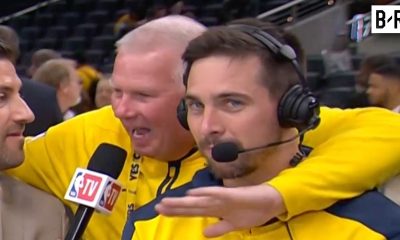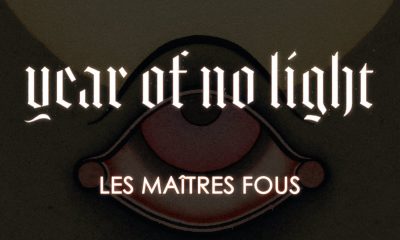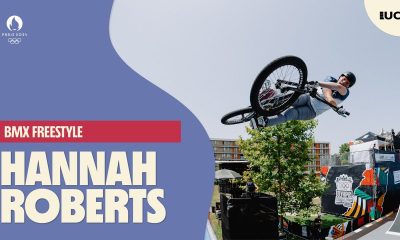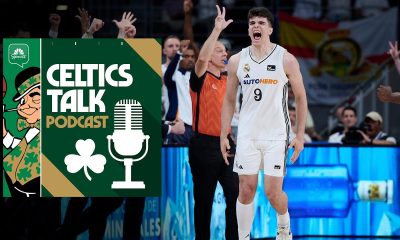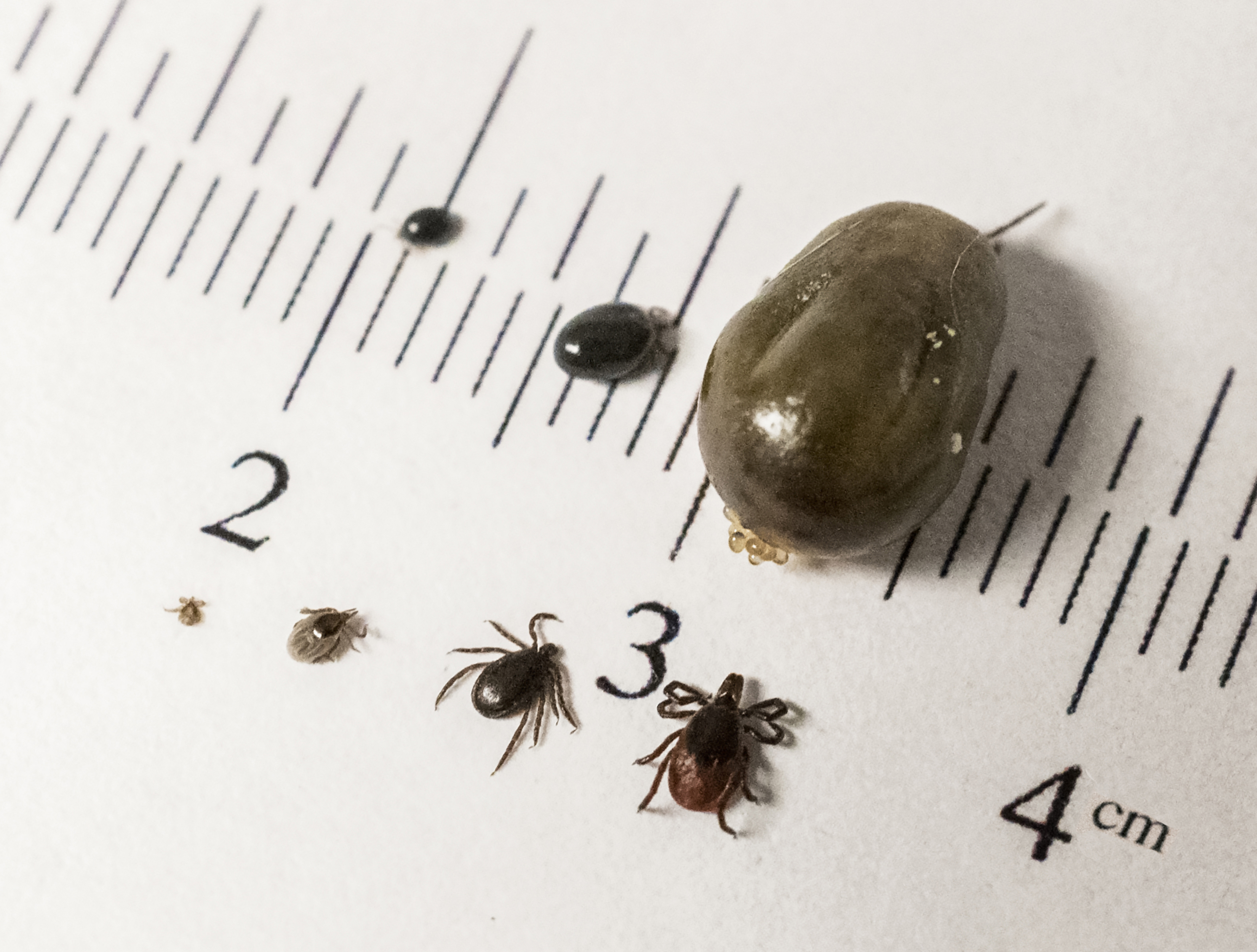Health
7
After 12 weeks of RT, both control and supplement groups gained around two kg of LBM, with no significant differences between them. This confirmed that RT alone was effective in promoting LBM gains. Similar results were observed when analyzing by sex. However, female participants in the supplement group showed statistically significant greater gains in total […]


After 12 weeks of RT, both control and supplement groups gained around two kg of LBM, with no significant differences between them. This confirmed that RT alone was effective in promoting LBM gains. Similar results were observed when analyzing by sex. However, female participants in the supplement group showed statistically significant greater gains in total and trunk LBM, particularly over the entire study period. CrM supplementation did not increase LBM in males at any time point. No significant differences were observed between groups or by sex in terms of changes in fat mass.
After the seven-day supplementation phase, both groups followed the same supervised RT program, consisting of three full-body workouts per week, including upper and lower-body exercises. Training intensity was adjusted based on perceived exertion to ensure consistent effort across participants.
Researchers also examined whether this initial increase in LBM influenced later changes in LBM during a 12-week RT program. Participants were randomly assigned to either a CrM supplementation group (five grams a day) or a control group.
Researchers have found that CrM supplementation enhances LBM growth when combined with RT, possibly by increasing training capacity. However, there is little evidence that CrM effectively boosts muscle protein synthesis.
Supplementation usually follows a two-phase approach: a short-term “loading” phase with high doses (20–25 grams a day) and a lower “maintenance” dose (2–5 grams a day). While the maintenance phase can still increase muscle creatine levels, its effects on LBM without prior loading are unclear.
Background
In a recent study published in the journal Nutrients, researchers investigated whether creatine monohydrate (CrM) supplementation alone and in combination with resistance training (RT) influenced lean body mass (LBM).
Although dietary intake was monitored, self-reported data may underestimate true intake. In addition, creatine ingestion was not supervised, and water consumption was neither controlled nor recorded.
This study found that taking five grams per day of CrM for seven days increased LBM without RT. However, when CrM was taken for 12 weeks alongside RT, it did not enhance LBM gains beyond RT alone. A wash-in phase before RT helped isolate CrM’s effects.
 Study: The Effect of Creatine Supplementation on Lean Body Mass with and Without Resistance Training. Image Credit: BongkarnGraphic / Shutterstock
Study: The Effect of Creatine Supplementation on Lean Body Mass with and Without Resistance Training. Image Credit: BongkarnGraphic / Shutterstock
About the study
Increasing LBM has many health benefits, such as lowering the risk of death, improving bone strength, and enhancing blood sugar control. RT is the most effective way to build LBM, typically leading to a gain of about 1.5 kilograms during a three-to-four-month period.
After the initial assessment, one participant from the supplement group withdrew, and nine others, including four from receiving the CrM supplements, left following the second assessment. However, their reasons were not related to the research program. No adverse effects were reported.
The authors suggest a higher daily maintenance dose than five grams may be needed to sustain LBM increases when CrM is used long-term with RT.
They found that a CrM ‘wash-in’ period of seven days increased LBM, particularly in females and mainly in the trunk region, where gains may be linked to water retention. However, CrM, when combined with RT, did not lead to significantly greater LBM growth than RT alone overall. The 7-day wash-in meant that participants took 5 grams of creatine daily for one week without resistance training to see how creatine alone affected lean body mass.
The study lasted 13 weeks and included three assessment points: baseline, after the seven-day CrM phase, and after 12 weeks of RT. Participants were required to fast for eight hours before each assessment and avoid exercise for 12 hours. LBM and fat mass were measured using dual-energy X-ray absorptiometry (DXA). Participants also recorded their diet and physical activity levels throughout the study.
Findings
During the seven-day supplement-only phase, the supplement group gained significantly more total LBM than the control group. However, researchers found no differences in LBM changes in the arms or legs. The supplement group also had greater trunk LBM gains. Fat mass changes did not significantly differ between groups.
Limitations included a lack of menstrual cycle tracking and hydration measurement, which may influence body water distribution and, therefore, LBM assessments.
The study also found that CrM increased LBM in females, especially in the trunk region, which may be due to changes in total body water not distinguishable by DXA. Sex-disaggregated results suggest that only females responded to CrM with LBM gains, and this was not observed in males.
The research team analyzed the data using statistical comparisons and regression modeling. Sex-disaggregated analysis was also conducted.
Conclusions
Some studies suggest that CrM may temporarily increase body water content, potentially affecting LBM measurements. Limited research has examined how CrM alone (without RT) influences LBM. A short-term study found that CrM increased total body water and fat-free mass, suggesting that its impact on LBM may not be entirely due to muscle growth. More research is needed to determine if CrM alone significantly contributes to LBM gains.
A short burst of creatine helped women gain lean mass, but when paired with resistance training, the benefits plateaued. Could timing, dose, or hydration hold the key to unlocking creatine’s full potential?
This study aimed to determine whether a seven-day CrM supplementation period (without exercise) affected LBM measurements in healthy, inactive adults. The research was a component of a larger trial on gut microbiota and LBM growth, with a planned sample size of 33 per group.
Future research should explore different dosing strategies and incorporate hydration tracking and menstrual cycle data to determine whether changes in LBM are linked to fluid shifts.
The research team found that adherence was high at 95%, session attendance at 91.92%, and exercise compliance at 99.91%. At baseline, the control group reported higher carbohydrate intake, but overall dietary intake was similar between groups.
- The Effect of Creatine Supplementation on Lean Body Mass with and Without Resistance Training. Desai, I., Pandit, A., Smith-Ryan, A.E., Simar, D., Candow, D.G., Kaakoush, N.O., Hagstrom, A.D. Nutrients (2025). DOI: 10.3390/nu17061081, https://www.mdpi.com/2072-6643/17/6/1081
Health
NCAA v. House Case Settlement Update and Impacts at UNO
University of Nebraska at Omaha (UNO) Chancellor Joanne Li, Ph.D., CFA, and Vice Chancellor / Director of Athletics Adrian Dowell shared the below update following the House v. NCAA settlement ruling: The recent court approval of the NCAA’s House settlement marks a historic shift in college athletics, with far-reaching impacts across the collegiate landscape, including […]


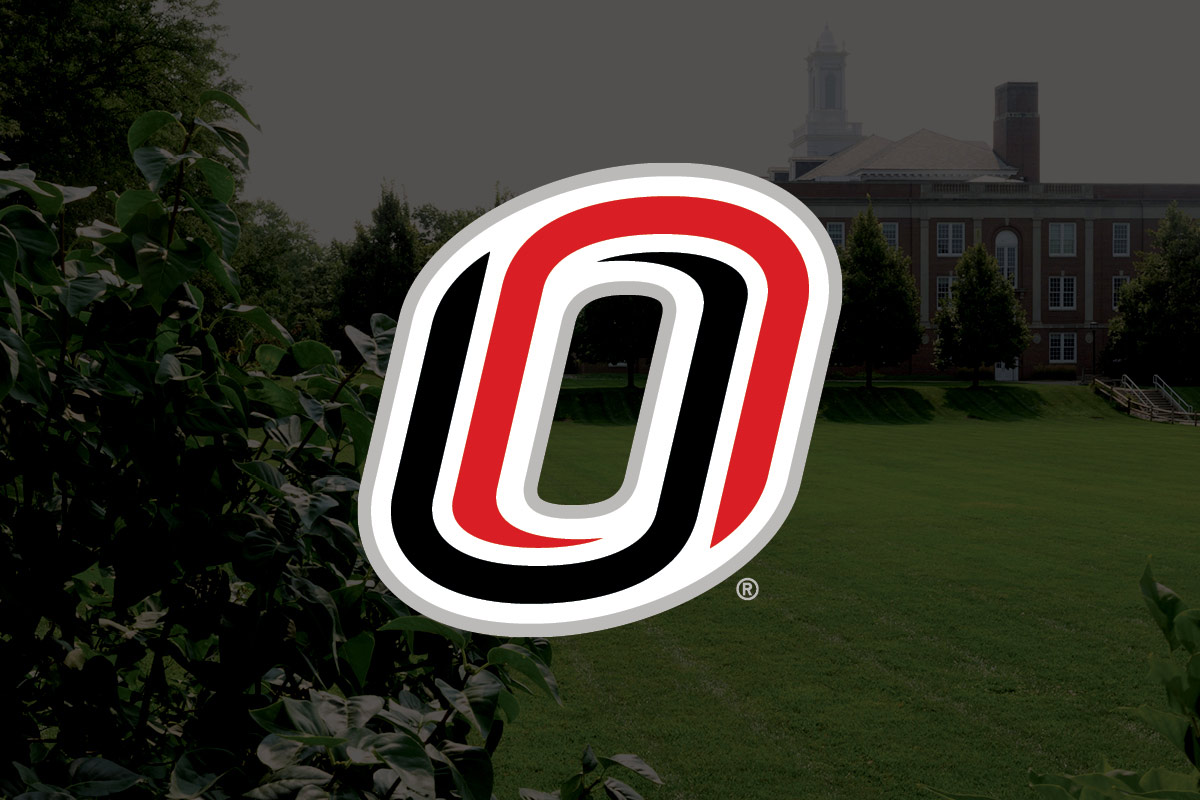
University of Nebraska at Omaha (UNO) Chancellor Joanne Li, Ph.D., CFA, and Vice Chancellor / Director of Athletics Adrian Dowell shared the below update following the House v. NCAA settlement ruling:
The recent court approval of the NCAA’s House settlement marks a historic shift in college athletics, with far-reaching impacts across the collegiate landscape, including the University of Nebraska at Omaha (UNO), and our peers in the Summit League and the National Collegiate Hockey Conference (NCHC).
Although we welcome the approval and intent of the settlement, our mission remains to protect the interests of our current student-athletes while honoring UNO’s core values as we transition to a new era.
Over the past year, UNO launched Title IX and education-related benefits reviews while working with internal and external experts to develop strategies that position our athletic programs for long-term success at the Division I level.
As a result of this strategic planning, university leadership has decided that UNO will not opt in to the terms of the House settlement for the 2025-2026 academic year, but will position the department to opt-in in future years when necessary. This decision reflects a strategic approach to preserve our sport portfolio and roster flexibility, respond to evolving policies and legal shifts, and invest directly in Maverick student-athletes under current NCAA rules, laying the groundwork for a smooth transition in the future.
Why UNO is not Opting in for 2025-2026
UNO’s plans for the 2025–2026 academic year, including rosters, operations, and financial benefits, are already firmly in place. Opting in at this stage would not change our implementation for the upcoming year. It would simply introduce new and unresolved variables at a time when clarity is critical, including:
-
Honoring Financial Commitments: UNO has finalized its rosters and delivered financial packages for student-athletes for the 2025–2026 academic year. This planning allowed us to leverage available NCAA mechanisms such as third-party NIL, education-related benefits (Alston awards), and cost-of-attendance stipends to enhance financial support within existing NCAA rules. Ironically, if we were to opt in, Alston awards would count as a form of revenue sharing toward the installed revenue sharing cap.
-
Title IX Considerations: Some peer institutions have decided to opt in as of late due to a recent change allowing schools to grandfather designated student athletes who otherwise would have lost their roster spots under the initial terms of the House settlement with impacts on enrollment and Title IX. However, UNO’s rosters are already closely aligned with the new limits based on our current sport portfolio, which allows us the flexibility to opt in when the time is right with minimal impact. We continue to follow expert guidance to ensure compliance and are confident in our ability to manage this transition strategically, including impacts on the university’s overall enrollment strategy.
-
Evolving Name, Image, and Likeness (NIL) Oversight: Under the House framework, NIL agreements over $600 must go through a new review process led by consulting firm Deloitte and the College Sports Commission (CSC), a new enforcement entity created by and governed by the “Autonomous 4” conferences which operates outside of the purview of the NCAA. This entity has new oversight, enforcement authority, and oversees potential penalties for non-compliance, but many details remain unclear. This includes how “range of compensation” is specifically determined, and CSC’s enforcement philosophy and mechanism for the upcoming year. As of today, the specific costs associated with this operation are unknown even as we enter a new fiscal year in the next three days.
-
International, Financial, Legal, and Considerations: International student-athletes are an important part of this discussion, with 15% of all Maverick student-athletes and 30% of student-athletes in revenue sport programs coming to UNO from abroad. Specifically, 80% of UNO’s hockey roster is international. Paying student-athletes directly brings added complexities, especially for international student-athletes. The impact of payments on their status remains unclear. It also raises tax questions that may impact financial aid packages. Another critical unknown is whether opting into the terms of the settlement also increases UNO’s legal exposure as a non-named defendant. Additionally, we want to remain mindful of how new terms of the settlement requirements regarding NIL disclosures interact with current State of Nebraska law.
Until there’s more clarity in each of these areas, it’s important that we proceed with caution.
Momentum and Strategic Investment in Student-Athletes
UNO is taking full advantage of every tool available under current NCAA rules to deliver meaningful support to student-athletes in competition and in the classroom at a level that meets or exceeds our peers. Even while opting out this year, UNO is doubling down on direct investment in student-athletes:
-
Beginning this year, thanks to generous donors and externally generated revenues, UNO will offer education-related benefits also known as “Alston awards.” As of the U.S. Supreme Court decision in 2021, Alston awards allow institutions to distribute up to $5,980 annually per student-athlete based on academic achievement and progress toward degree. For the upcoming year, the Hockey, Men’s and Women’s Basketball, Volleyball, Softball, and Women’s Soccer programs will have the ability to distribute these benefits. International student-athletes are able to take advantage of this benefit opportunity.
-
These awards are in addition to “cost of attendance” stipends, which UNO recently funded for our eight revenue sport programs to distribute to select student-athletes. Cost-of-attendance stipends are additional funds that help student-athletes cover everyday expenses not included in traditional scholarships, like room and board, required fees, and books.
-
This builds on UNO allocating the full amount of scholarships for revenue sport programs currently allowed by the NCAA for schools that have not opted into the settlement terms.
-
Thanks to our incredible partners with the Omaha Bull Market Collective, who have positively impacted our student-athletes since 2022, as well as our partnerships with Opendorse, Learfield, and Adidas, UNO has successfully built one of the most dynamic NIL ecosystems among our peers. For these reasons, Maverick student-athletes currently on our rosters have already significantly benefitted from NIL opportunities for the upcoming year.
As you can see, even while opting out, the financial resources Maverick student-athletes are receiving entering the 2025-2026 season position UNO as a leader among our peers.
Unmatched Holistic Support
In the spirit of UNO’s mission and values, Omaha Athletics has developed one of the most innovative and robust student-athlete support programs in the nation, including:
-
A comprehensive medical and team physician partnership with OrthoNebraska.
-
Integrated sport psychology, mental health, and sports nutrition services within Athletics.
-
A transformative Sports Science partnership with the UNO Sports Medicine and Biomechanics Lab, including three Ph.D. athletic training sports science fellowships and the Maverick Peak Performance Program funded through the Weitz Innovation and Excellence Fund.
-
A nutritional training table program for all female student-athletes and sport programs.
-
The implementation of Mav360, a UNO micro-credential that educates Maverick student-athletes in the areas of financial literacy, NIL, career preparation, and other development areas designed to holistically care for our students, ensuring Mavericks are equipped to succeed for life after sports.
-
Additionally, we are set to announce an expanded, first-of-its-kind, custom-built partnership with Opendorse, which will incorporate on-demand access to Opendorse experts, including daily engagement with a designated General Manager to provide NIL support for student-athletes and roster management support and data for our coaching staffs.
Excellence in Competition, Academics and in the Community
Over the past three years, Omaha Athletics has achieved unprecedented heights competing in 16 conference championship games, capturing 11 conference titles en route to eight NCAA tournament appearances.
In the classroom, student-athletes have maintained a 3.45+ cumulative GPA across three consecutive academic years and achieved a 95% Graduation Success Rate (GSR) with a 993 Academic Progress Rate (APR). In 2024–2025, Mavericks completed 4,579 hours of community service, ranking eighth nationally among all Division I programs. Eight teams finished in the top 10 of their sport in community engagement according to the Helper Helper report.
Together, these investments already offer one of the strongest student-athlete holistic experiences in Division I. Not if, but when we opt in to the settlement terms, it will only elevate a strong foundation already in place.
UNO’s approach is rooted in strategy, responsibility, and an unwavering belief in the transformative power of a successful student-athlete experience. By choosing flexibility now, we are preserving the environment that made this success possible while positioning Omaha Athletics to thrive in the years ahead.
Looking Ahead
As college athletics enter a new era, the strength of Omaha Athletics will be defined by the community that stands behind it. Your support through time, energy, and investment will help propel our student-athletes and programs to continue achieving unprecedented levels of success.
-
Invest in Maverick Momentum: Support from our stakeholders has never been more critical to the success of Omaha Athletics. Your contributions to the ONE Fund support scholarships, enhances facilities, and provides the resources Maverick student-athletes need to thrive.
-
Explore NIL Partnerships: Local businesses and organizations interested in working with student-athletes on NIL opportunities can connect through our partners at the Omaha Bull Market Collective or the Opendorse NIL Marketplace. These platforms help create meaningful partnerships that support student-athletes and strengthen our community.
-
Follow and Engage on Social Media: Based on information provided by Deloitte regarding NIL range of compensation parameters, following Maverick teams and student-athletes on social media directly impacts the ability of Maverick student-athletes to take full advantage of NIL opportunities. Now more than ever, your likes, shares, and support make a difference.
-
Get in the Game: There’s nothing like game day in Omaha. Get your tickets and bring the energy that fuels the championship caliber environment we need to continue competing for titles.
Thank you for standing with us. Your belief in Omaha Athletics and in the life-changing impact of the student-athlete experience fuels everything we do. We’re grateful for your continued support as we build future leaders that our university and the Omaha community can be proud of.
At the heart of our pursuit of excellence is a simple goal: Elevate UNO’s visibility to showcase the unmatched educational experience our campus offers and the incredible impact we have on our community, the state, and the country.
Health
The Hardest Parts are the Unknowns and 'What
The personal story is intended for informational purposes only. The National Blood Clot Alliance (NBCA) holds the rights to all content that appears on its website. The use by another organization or online group of any content on NBCA’s website, including patient stories that appear here, does not imply that NBCA is connected to these […]



The personal story is intended for informational purposes only. The National Blood Clot Alliance (NBCA) holds the rights to all content that appears on its website. The use by another organization or online group of any content on NBCA’s website, including patient stories that appear here, does not imply that NBCA is connected to these other organizations or groups or condones or endorses their work. Please contact
info@stoptheclot.org with questions about this matter.
Health
A Tick Researcher’s Tips for Staying Safe Outdoors
This story was first published on June 7, 2019 The rise of Lyme disease cases in Pennsylvania has been alarming. There were 10,000 in 2018, and that’s more than in any other state. The illness can cause flu-like symptoms and a rash in its early stages, and if left untreated, more serious health issues like […]
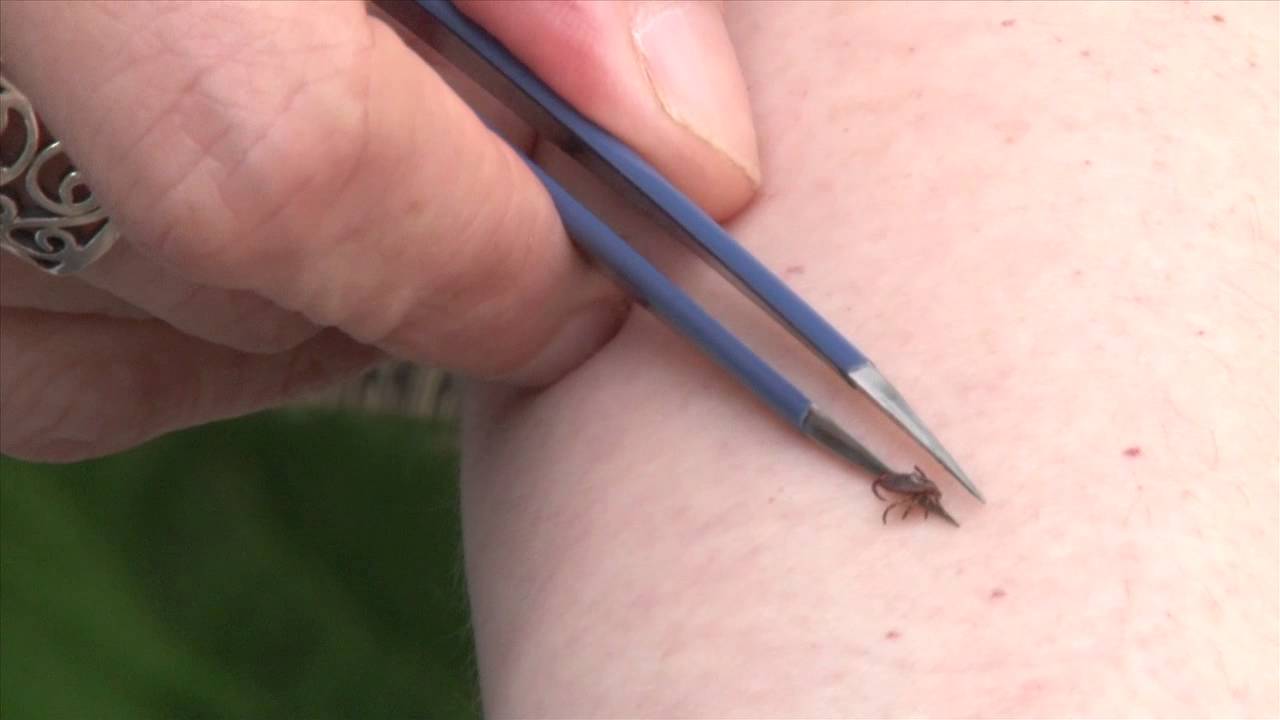
This story was first published on June 7, 2019
The rise of Lyme disease cases in Pennsylvania has been alarming. There were 10,000 in 2018, and that’s more than in any other state. The illness can cause flu-like symptoms and a rash in its early stages, and if left untreated, more serious health issues like arthritis and nervous system disorders.
The best way to avoid Lyme disease is to avoid infected ticks which carry the bacteria that causes it.
So, The Allegheny Front’s Kara Holsopple arranged to meet an outdoor enthusiast who is serious about prevention. Jill Henning is an associate professor of biology at the University of Pittsburgh at Johnstown. She loves to be outside, whether she’s hiking with her young son, running, or just sitting on the grass.
Henning met up with Holsopple at the head of one of the trails on the rural campus for a hike, and to talk about preventing tick bites. Henning brought a backpack that belongs to her son. It contains all of the things you need for a hike: snack mix, a rattlesnake guide, a whistle. On the outside are the characters of the latest Avengers movie, and Henning said it was also treated with a product called permethrin.
LISTEN to their conversation
Kara Holsopple: What is permethrin?
Jill Henning: It’s based off of the chrysanthemum flower. It doesn’t necessarily repel ticks. It doesn’t keep them from getting on you. But once they do get on you, it creates something that we scientists like to call hot foot syndrome. So if you think about a human touching stove, you have that reflex to retract. Ticks will get on the clothing [treated] with permethrin, and then climb so far and release themselves. They’ll fall off of you.
KH: So we’re heading out. What would be the first thing you would do to prepare yourself?
JH: There are lots of products available to treat your clothing. I’d recommend permethrin-based products, although you can use essential oils like eucalyptus, lemongrass, thyme, rosemary and lavender.
There’s DEET, which I don’t recommend, only because it’s a known carcinogen.
Yes, ticks are a problem, but I don’t think you should let that bother you to the point where you don’t go outside.
What I do is treat my clothing outside, or spray them in a ventilated area, and then hang them to dry. That lasts for a few washes, so you don’t have to continually treat.
When my son was younger, I used a bandana. I would tie it around him, because I couldn’t treat his clothing. Anyone under three, it isn’t a good idea to use that kind of stuff.
I usually always wear long pants, even if it’s warm.
KH: You’ve got long socks on.
JH: I do, all the way up to my knees. Just in case they get on, the ticks will climb the sock, and it’ll take a little while to get to your skin.
KH: So we’re here at the trailhead. What happens here?
JH: If you’re using something essential oil-based, if you’re using something that you made yourself, there’s a good chance that you should apply it on a more regular basis. So for example, apply it right before you leave, and maybe an hour or so into it.
It’s best to walk in the center of the trail. Ticks like to attach themselves to long grasses, or in the brushy areas.
Actually, when I hike, I use a lavender-based deodorant, because ticks are likely to go to the armpits, the belly button, in between your legs, and behind your knees. It’s just an added layer of protection.
So while you’re hiking,
- It’s important to know where you’re at, and it’s best to walk in the center of the trail. Ticks like to attach themselves to long grasses, or in the brushy areas.
- They use the top two legs of their eight legs to sense for carbon dioxide, for their next victim, so to speak. They’ll use those to attach to you as you walk by.
- Ticks are attracted to carbon dioxide, so the more that you hike, the more that you’re going to respire, and your heart rate will go up. The more CO2 you’re releasing, the better target you are.
KH: What if you’re not walking on a trail, or you have to cross over a meadow? What should you look out for?
JH: So there’s vegetation called Japanese barberry. It’s an invasive species, and that has been known to attract ticks.
The other thing that you need to worry about in a field like this would be the white-footed deer mouse, which is actually where ticks acquire the pathogen from. Their bedding is in places like this.
The best thing to do is just go through the field, make sure that you had your repellents on, and then check yourself for ticks on the other side.
KH: Which tick causes Lyme disease in people?
JH: The tick we’re referring to mostly is the black-legged tick, or its scientific name is Ixodes scapularis. It’s also known as the deer tick. It’s black at the top, and then below that is brown.
The ecology of this particular pathogen is that the deer ticks will lay their eggs on the deer, and they fall off. Then they’ll get into the white-footed deer mouse bedding areas. The larval stages and the nymphal stages will feed on the white-footed deer mouse, and that’s usually where they acquire the bacteria.
So then, that tick will move to a deer as an adult, and that’s where they’ll complete their life cycle. You can see a couple deer trails, if you look right there. You can see where they’ve walked through, because they tend to walk in single file line.
So I would avoid that [deer] path if I were to be hiking here.
KH: Tell me a little bit about your research. I know that you looked at the prevalence of Lyme disease and ticks in Pennsylvania.
JH: Some students from Pitt-Johnstown and I did a study in six counties in the southwestern region of the Game Commission lands here in Pennsylvania, and we found that one in three ticks carry the Lyme pathogen. We are collecting ticks again to redo that study, but what we’re seeing is that it’s holding.
One in three ticks carry the Lyme pathogen.
KH: It’s early June. When are ticks most likely to jump on you?





